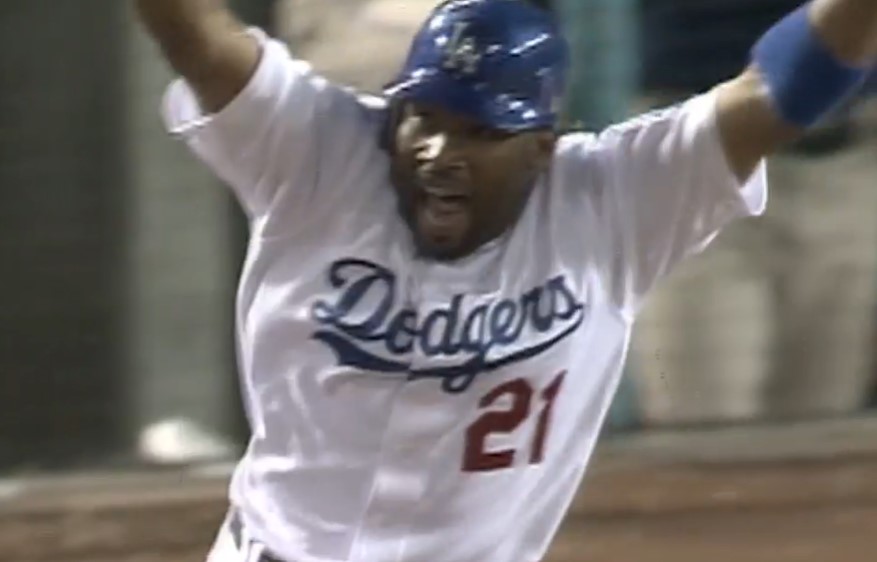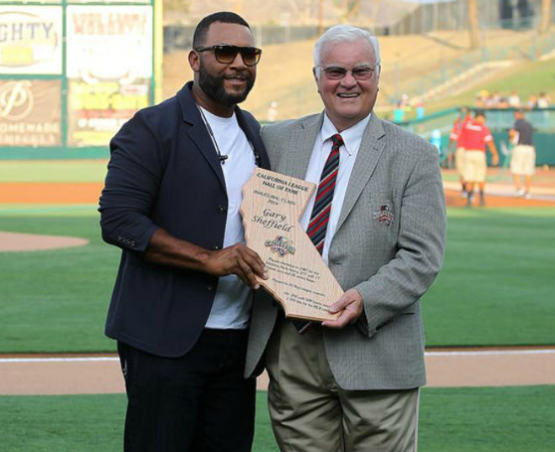
Eighth-round draft pick Andre Scrubb of High Point University (High Point Athletics)
By Jon Weisman
As the Dodgers completed the first 10 rounds of the 2016 MLB draft, some fans scratched their heads over the selection of three shortstops, considering that the team has a 22-year-old future All-Star at the position.
But in discussing the Dodgers’ selections today, director of amateur scouting Billy Gasparino explained the thinking — and no, it’s not that the Dodgers have forgotten about Corey Seager.
“The theory is that looking throughout the history of the draft and how athletes develop and age, when they’re athletic enough to play shortstop, it’s a pretty good recipe — as they age and get older and their skills develop and their bodies go forward or backwards — they can usually play other positions,” Gasparino said. “So many players today who are left fielders or right fielders, third basemen, second basemen, started out as shortstops. If you can start there, it’s a lot easier to transition to other places on the field, and gives you more avenues of versatility that way.”
In other words, this isn’t the NBA. With development such a long, protracted process in baseball — and almost no such thing as a quick fix — the overwhelming tendency is to take the player with the greatest potential, regardless of what the current Major League roster looks like. If the worst-case scenario is the Dodgers have multiple quality shortstops, they’ll live with that.
Gasparino also said that the drafting of several players from smaller four-year or community colleges illustrates an attempt to find value within a draft landscape where so few rocks go unturned.
“The depth of the draft is a priority and something we preach,” he said, “so in many ways it leads you to go look for those players, and you kind of think you have value there, whereas (for example) the junior center fielder from the University of Georgia has been well seen.”
Though players at different levels — or even at the same level but from different regions — obviously don’t face the same level of competition, the Dodgers are confident in their ability to translate performance.
“That’s why we have the tool grades, and you just look at the physical tools,” Gasparino said. “And I think our analytical staff does a very good job of analyzing the numbers and trying to correlate different levels of competition with a lot of different factors. And just our scouts’ experience: We have a lot of experience on the staff, and they seem to have a very good knack of trying to cipher through that stuff and figure out who the better players are.”
Gasparino said that advanced scouting stats such as exit velocity and spin rate have migrated to the Division I colleges and high-school summer showcases, further enhancing their ability to evaluate.
And with that, here are quick thoughts from Gasparino on each of the Dodgers’ draft picks today:
Read More






